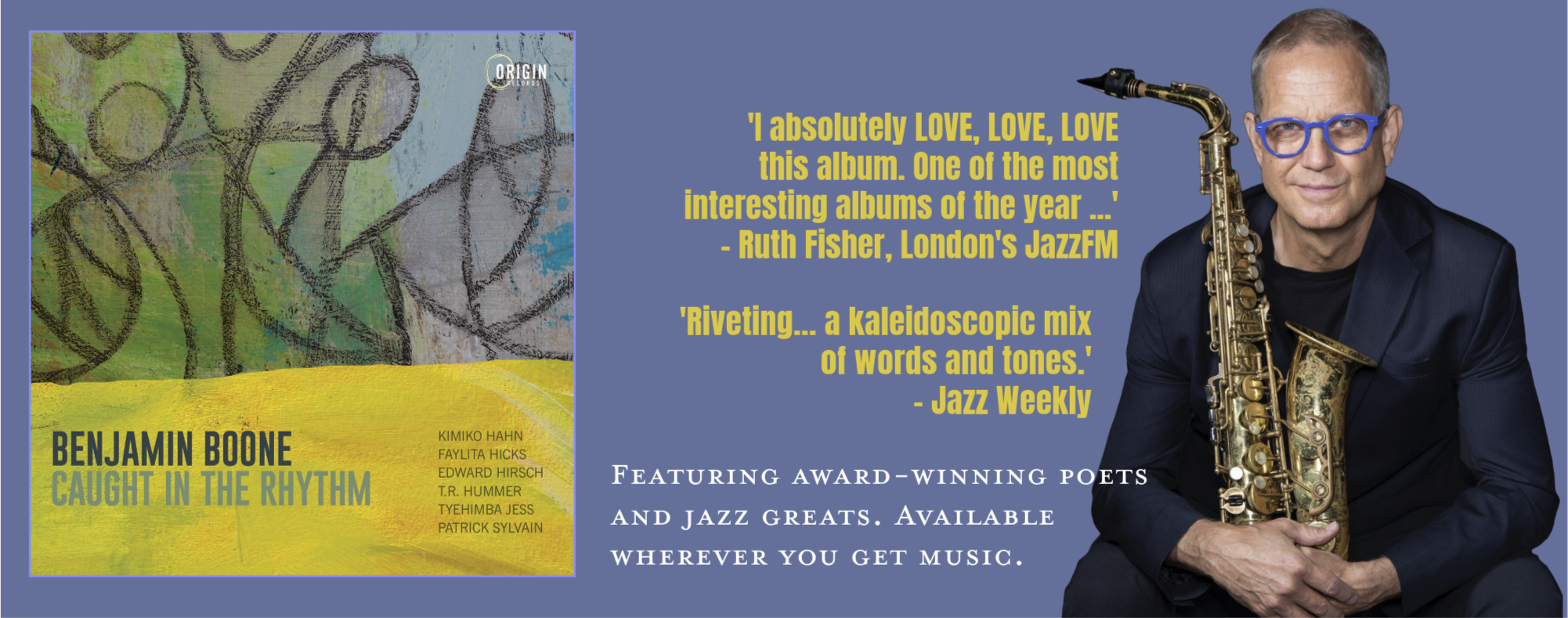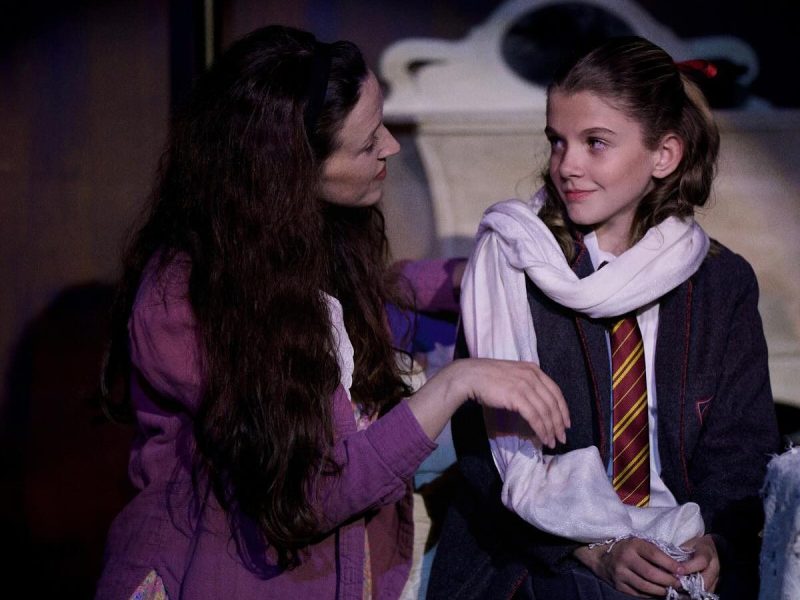Of monsters and men
THEATER REVIEW
He becomes a hunchback before our eyes. One instant Thomas Hayes is standing straight, tall and unblemished, and then, in a few measures of song and with a few key costume additions, including a strapped-on hump that looks as if he’s slinging on a small backback, and some smears of black makeup, we are introduced to Quasimodo.

Powerful performance: Thomas Hayes plays Quasimodo in “The Hunchback of Notre Dame.” Photo / Selma Arts Center
I like this moment of theatricality in the ambitious and sensitive new production of “The Hunchback of Notre Dame” at the Selma Arts Center. The transformation reinforces the lyrics: “Who is the monster and who is the man?”
Indeed, who is the “monster” in this classic tale? The disfigured and physically impaired young man with a pure heart and a longing to commune with others? Or the preening and pious “man of God,” the archdeacon of none other than the great cathedral of Notre Dame, whose unbridled lust and cruelty destroys lives?
As is usually the case at the Selma Arts Center these days, there’s a lot to like in this production, especially the top-notch acting, directing and creative design. The musical version of “Hunchback,” which uses songs (by Alan Menken and Stephen Schwartz) from the 1996 Disney movie, is a serious and thoughtful affair, and this production has a solid, dignified feel. From the moment you walk into the theater, it’s as if you’re entering a medieval cathedral, thanks to Erik Andersen and Nicolette Andersen’s impressive set and Christina Martinez’s dusky and sophisticated lighting design. When the choir files in to take their positions flanking the stage, the only thing that’s missing is the smell of incense.
I’ve seen “Hunchback” twice now in less than six months, and I can definitively say after those viewings that it does not rank as one of my favorite musicals. Something about Menken’s musical style just doesn’t seem suited for the material. It feels too jaunty and yet too ponderous — often at the same time, which is not a pleasing combination. The show fails to deliver much of an emotional connection even as it’s trying to push all the right buttons. The stage production, with a book by Peter Parnell, does strip away most of the Disney film’s overt juvenile tendencies, but to me the music never rings true when when it comes to the storyline.
That said, the Selma production has many fine qualities. Hayes, as Quasimodo, does a fine job conveying trauma and angst through song. (I didn’t care much, though, for some of Hayes’ weird vocal embellishments, scooping down from notes that were a little high for his range into a gravelly sound. I think he was trying to convey his character’s speech impediment, but it doesn’t work.) His physicality in the role, in terms of body and face, is powerful.
Terry Lewis, as the stern Frollo, the dean of the cathedral and Quasimodo’s uncle and master, delivers a compelling performance. His brusque vocals and fiery acting capture the intensity of this man caught between his spiritual and earthly desires. Strutting about in crisp ecclesiastical garments — the costumes by James McDonnell and Barbara Smith are nicely done — Lewis brings a welcome sense of gravity and menace to the production.

Strong acting: Sabrina Lopez makes an intense Esmeralda in “The Hunchback of Notre Dame.” Photo / Selma Arts Center
Although Sabrina Lopez had some vocal issues at the Sunday matinee performance I attended, she brings a laser-like intensity to the role of Esmeralda, the proud gypsy woman who triggers Frollo’s lust. At one point, locked in a life-and-death struggle with the archdeacon, she gives him a smile when he dismisses her that could burn a hole in you. Lopez also sparks a believable romantic chemistry with William Bishop as Phoebus, the captain of the cathedral guard who falls for her.
Other sturdy members in the supporting cast include Aaron Pierce, Benjamin Deghand and Camille Gaston.
One treat: the lush musical accompaniment, which is pre-recorded by the University High School Orchestra, under the direction of Randall Cornelison.
Michael Flores’ choreography was not a high point of the show for me. It felt at times overly fussy and mismatched to the material, particularly in “The Tavern Song.” (I could go a long time without seeing any more “Les Miserables”-style marching in any more shows; on today’s stages, the movement now struggles to have meaning beyond parody.)
I like much of Dominic Grijalva and Juan Guzmán’s direction. Together they maneuver their actors in creative ways around the small stage, including through some fairly convoluted narrative and chronological leaps. There were a few glitches at the performance I attended — a botched lighting cue to end of the first act, some unexplained brief power outages — and an entire segment at the show’s climax involving a sheet as a special effect was lost on me. But other moments soar, including Grijalva’s use of projections (to portray a falling body, for example).
One of my favorite moments comes at the very end of the show. I don’t want to give anything away, but it involves more of that thick black makeup. It’s a reminder that we’re neither simply men — nor monsters. We’re human.
Show info
“The Hunchback of Notre Dame,” runs through Saturday, Dec. 2, Selma Arts Center, 1935 High St., Selma. Tickets are $19 general, $17 seniors and students, $15 children.
To subscribe to the email newsletter for The Munro Review, go to this link:







